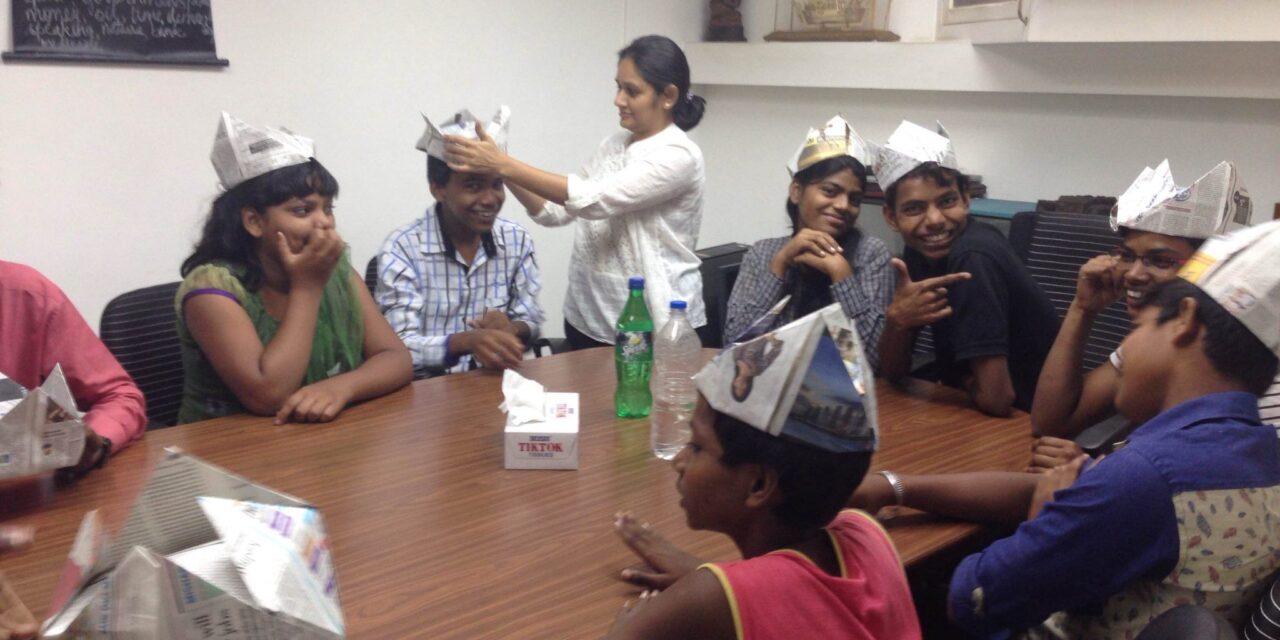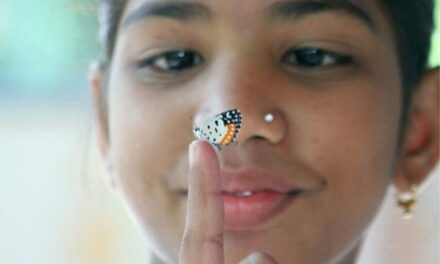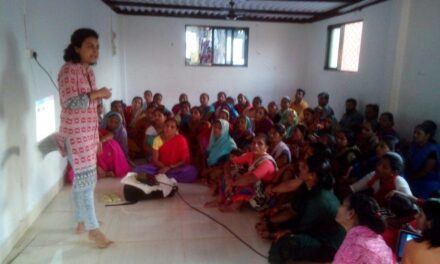Social Awareness: The fine art of developing touch boundaries


Picture: Rubaroo
Why allowing your children to establish touch boundaries can go a long way in keeping them safe from sexual abuse
Growing up in the usually large version of an Indian joint family, I wasn’t allowed to resist painful cheek pulls or forced kisses. Reason being, “She’s your aunt/He’s your relative/How will so-and-so feel if you don’t let him show affection?!!”. We raise our kids to comply with what we and society expect out of them, we don’t give them the space to develop their own likes/dislikes. That plays out in terms of safety in a big way.
When we allow a child to pay heed to his or her intuition and likes or dislikes, we allow the child to build personal and necessary boundaries. Especially boundaries with regards to touch. As adults, we are able to gauge intent and avoid things or people that may seem threatening. How often have we chosen to ignore a brush against the thigh and move to a safer place rather than confront? As humans, we may tend to prefer the benefit-of-doubt-let’s-avoid-confrontation approach. But our brain does register the intent and situation as ‘not good’ or ‘unsafe’. Physical touches are a very important part of growing up. A warm parental hug can be that sense of security and safety for a young one. Similarly, an uncomfortable touch can be the exact opposite.
A Child’s Intuition
Children are also capable of registering touches as ‘uncomfortable/not good/unsafe’. So allow a child to decide who or what makes them feel nice or not. When you allow a child to make a decision about their body and personal space, you send out two messages. The first to the child himself, where you’ve given him/her the RIGHT to decide what boundaries he/she can draw for his/her body and related safety. And the second message you send out is to the people around the child, that your child is capable of voicing his pleasure or displeasure and will do so if anyone were to touch him inappropriately. Not saying that all uncomfortable cheek pulls could have bad intent. But why force your child to put up with anything they’re not comfortable with? It’s the same as being forced to watch Taher Shah on loop. Why? Taher Shah doesn’t mean any harm….but we really don’t need to torture ourselves either, right?

Picture: Rubaroo
Agree? Congratulations! You’ve taken a bold stand for your child.
Agree with the idea of allowing children to set personal physical boundaries? Congratulations! You have reduced the chances of your child being subjected to child sexual abuse, greatly. Because if someone crosses this child’s personal boundaries, he is more likely to say NO assertively and throw the perpetrator off guard-the latter being less likely to attempt this again seeing the self-confidence of the child. Be a part of the boundary fence, protect your children from Child Sexual Abuse by starting with easy and small steps. We draw boundaries as adults, allow children to do the same. They are after all, little people.
Rubaroo is building a network of survivors of child abuse, here in India. Follow us here to read more about this, and head on over to www.silentnomore.in to join the fight. We request for 1 hour of your time, every month.
Ishita Manek is the co-founder of Rubaroo, an NGO that focuses on child sexual abuse. Write to her at rubaroo@gmail.com.
This post was sent to us by Rubaroo and published as a part of our social outreach program, aimed at spreading awareness about social causes. If you are associated with an organization that is working towards bringing about a social change, feel free to reach out to us at editor[@]localpress.co













